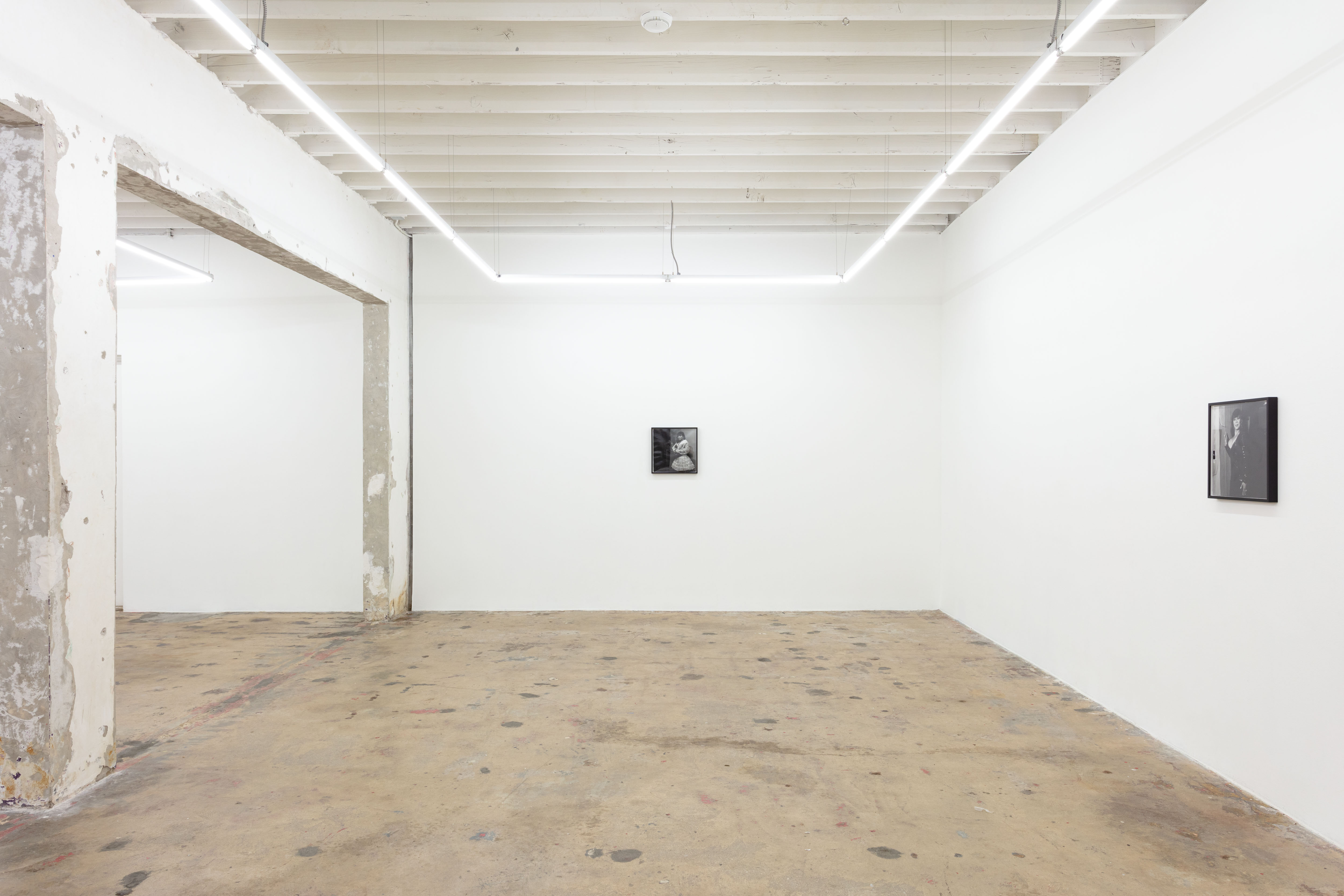Reynaldo Rivera: Danse Macabre
January 16th - March 15th, 2025-
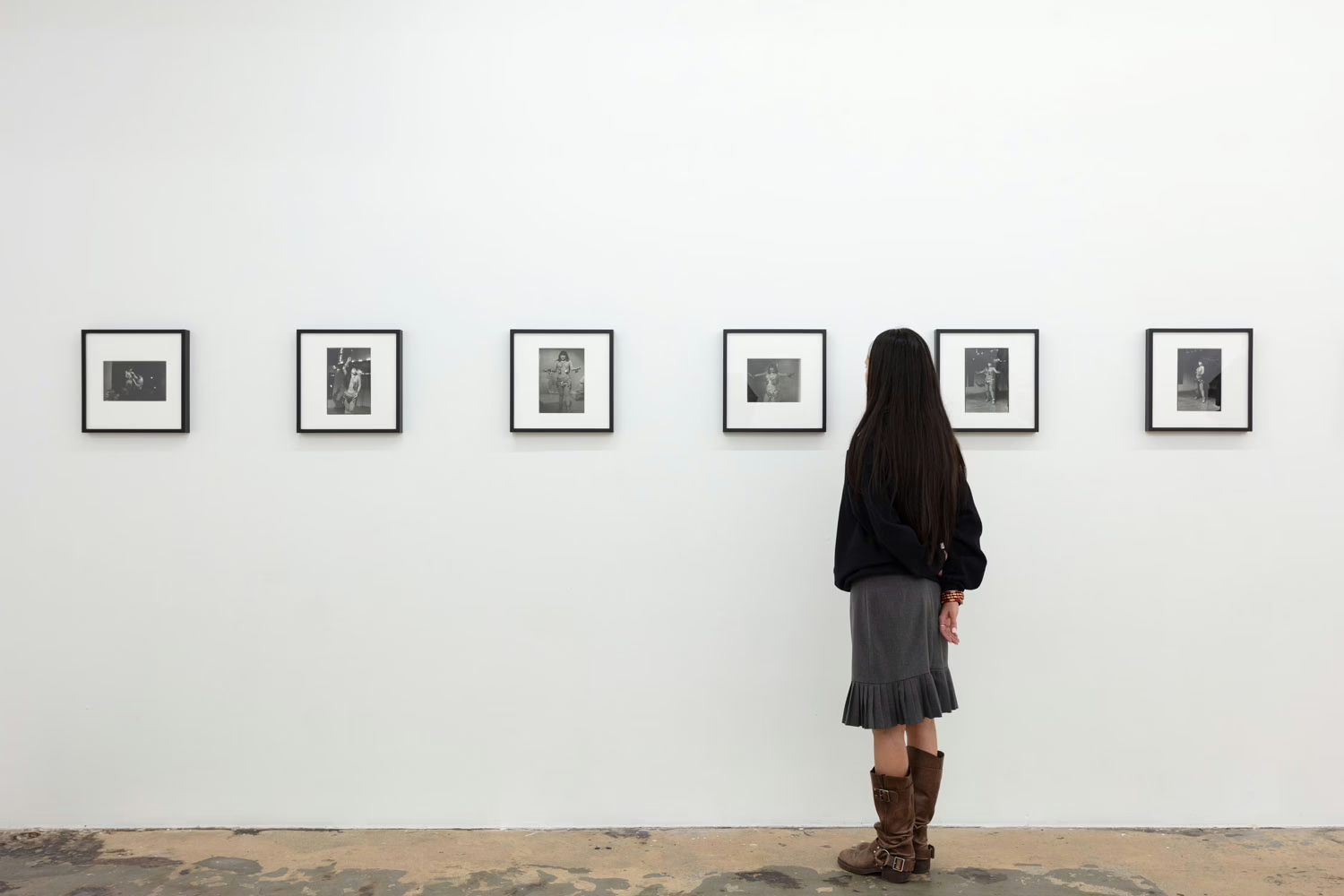
Reynaldo Rivera: Danse Macabre, Installation View.
Reynaldo Rivera has spent the last four decades capturing life in Los Angeles with a uniquely intimate lens. He catches the angles you didn’t know to look for — moments that unfold into tiny infinities, reminiscent of Piero della Francesca’s work. Rivera was rewarded early on for his sensitivities. In the 1980s, Rivera became an underground fixture and a favorite of its muses (a title he retains). These divine afflatus came into the self – taught photographer’s life as his friends and lovers.
-
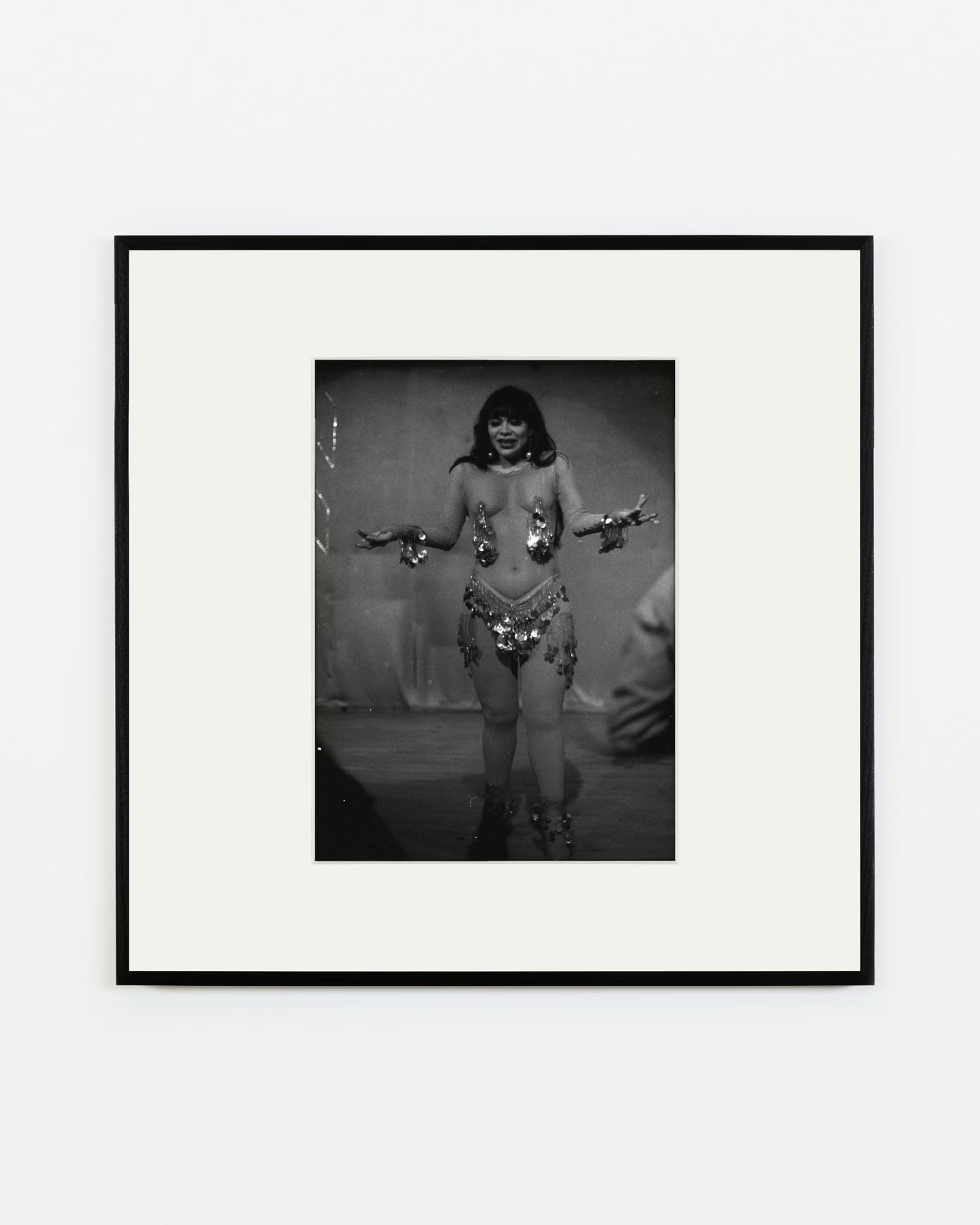
Reynaldo Rivera, Miss Alex (Danse Macabre), 1994/2024, Gelatin silver print, 13.125 x 10.25 in., 14 x 11 in. (Framed)
-
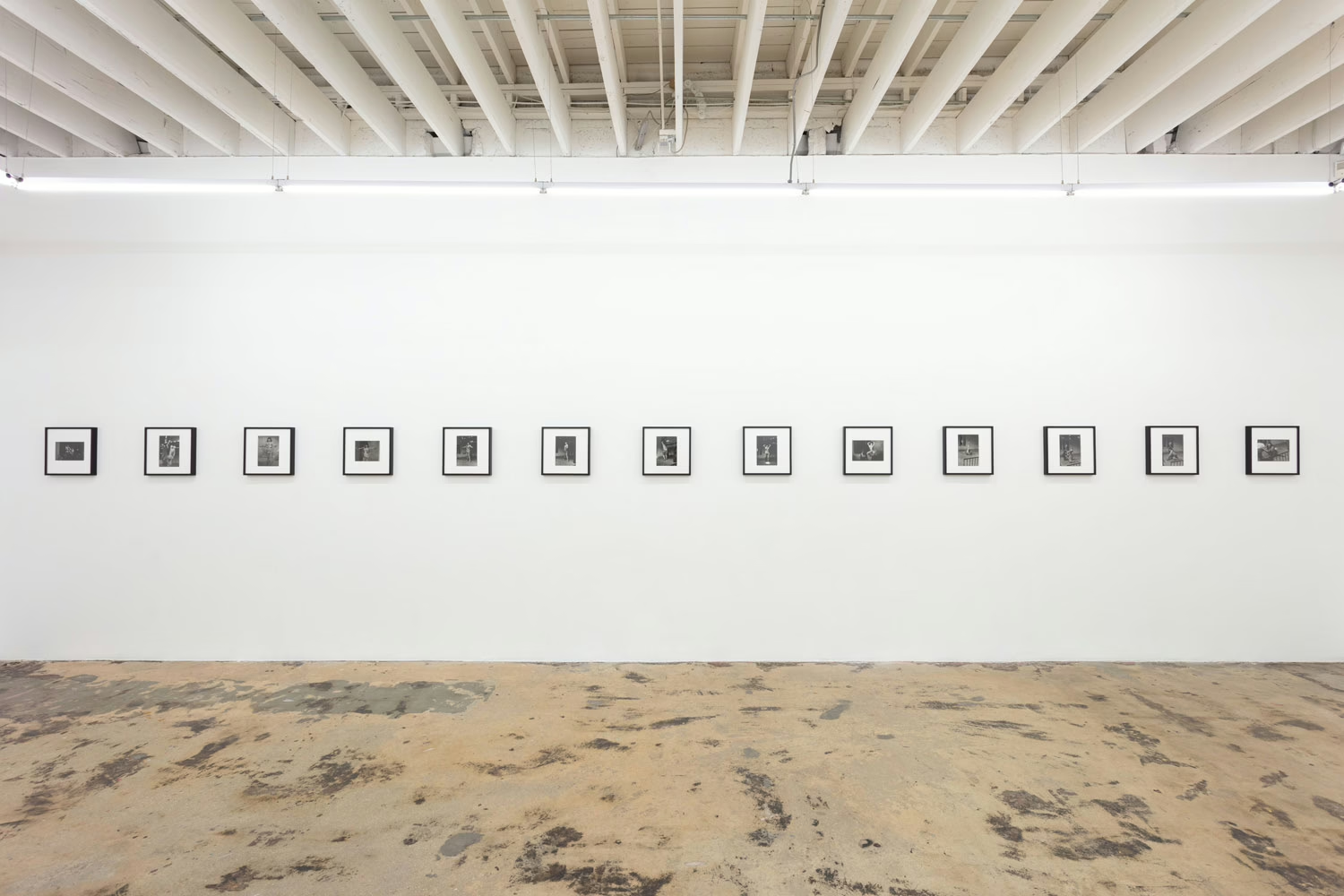
Reynaldo Rivera: Danse Macabre, Installation View.
Few among them are as influential as Miss Alex – a performer that headlined at the same queer Los Angeles clubs Rivera frequented – La Plaza, the Silverlake Lounge and LeBar. A Mexico City stage legend, Miss Alex graced Los Angeles as an eclipse. Miss Alex was as peripatetic as Rivera, who in his youth zigzagged between Mexicali, Los Angeles, Stockton, Pasadena and San Diego de la Unión, before settling down in Echo Park. Recognizing the fleeting nature of Miss Alex’s time in the City of Angels, Rivera’s compulsive shutter enshrined her in countless rolls of film. This includes images of their legendary first meeting when Reynaldo’s lover, Bianco, defenestrated Miss Alex from their Echo Park home before they all made up over dress-up.
-
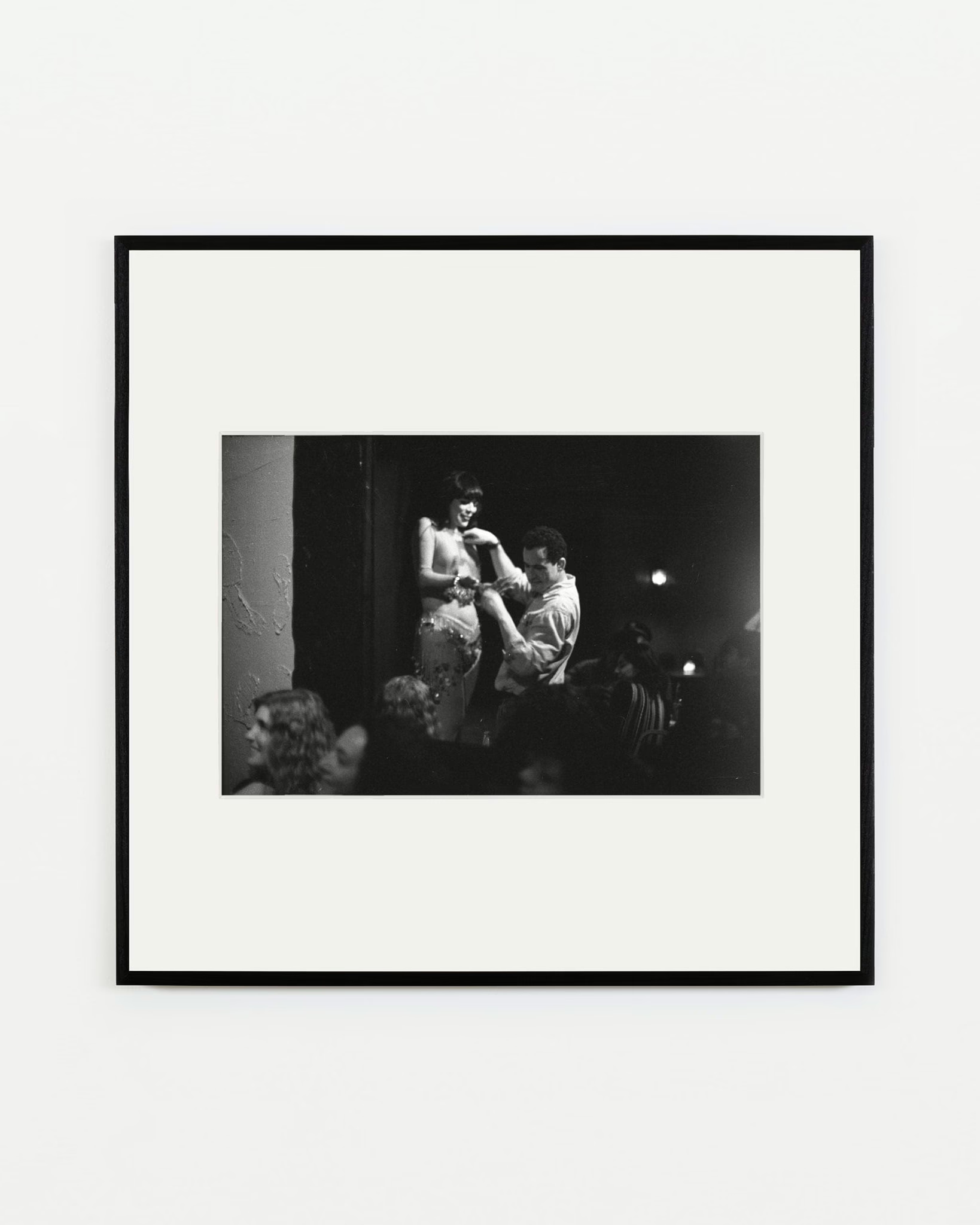
Reynaldo Rivera, Miss Alex (Danse Macabre), 1994/2024, Gelatin silver print, 8 x 10 in., 13.5 x 13.5 in. (Framed)
For his first solo show at Nina Johnson, Rivera pays homage to the enigma that is Miss Alex. The exhibition’s focal point is a set of fifteen images Rivera calls The Danse Macabre. This series of self-printed 8 x 10s captures a Miss Alex number from start to finish as the cells of a cartoon or a contact sheet might. The title refers to a motif from the late Middle Ages, but for Rivera, it recalls a specific example: a Rococo-masterpiece he encountered in Germany at Bamberg’s Michaelsberg Abbey. Carved in the early 1700s, the Bamberg Totentanz (german for Danse Macabre) depicts death personified, skipping between us in gleeful procession – a visual metaphor that underscores the way we live next to our inescapable end.
-
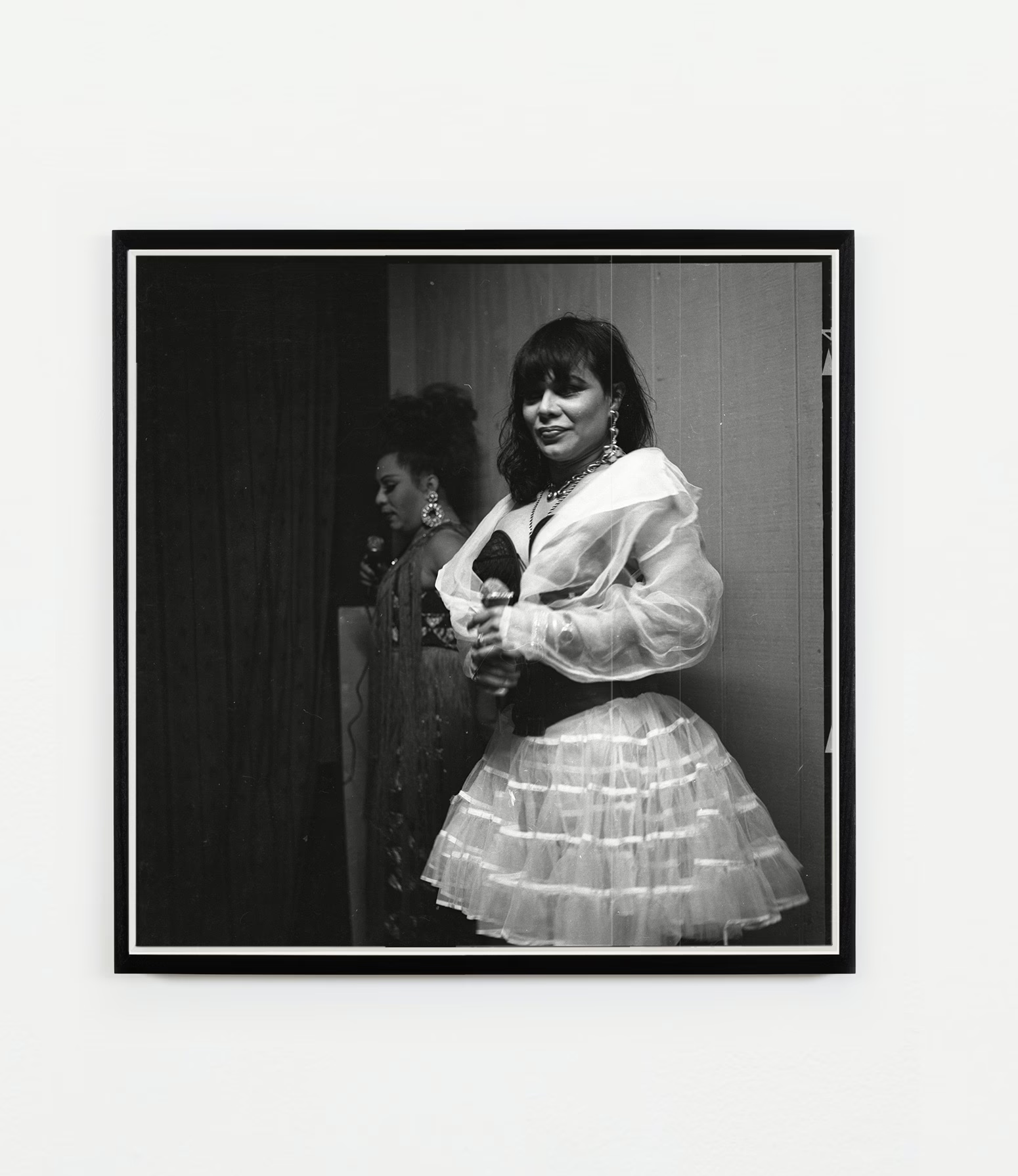
Reynaldo Rivera, Miss Alex and Olga, Silverlake Lounge, 1994, Gelatin silver print, 16 7/8" x 16 7/8", 17.25 x 17.25 in. (Framed)
-
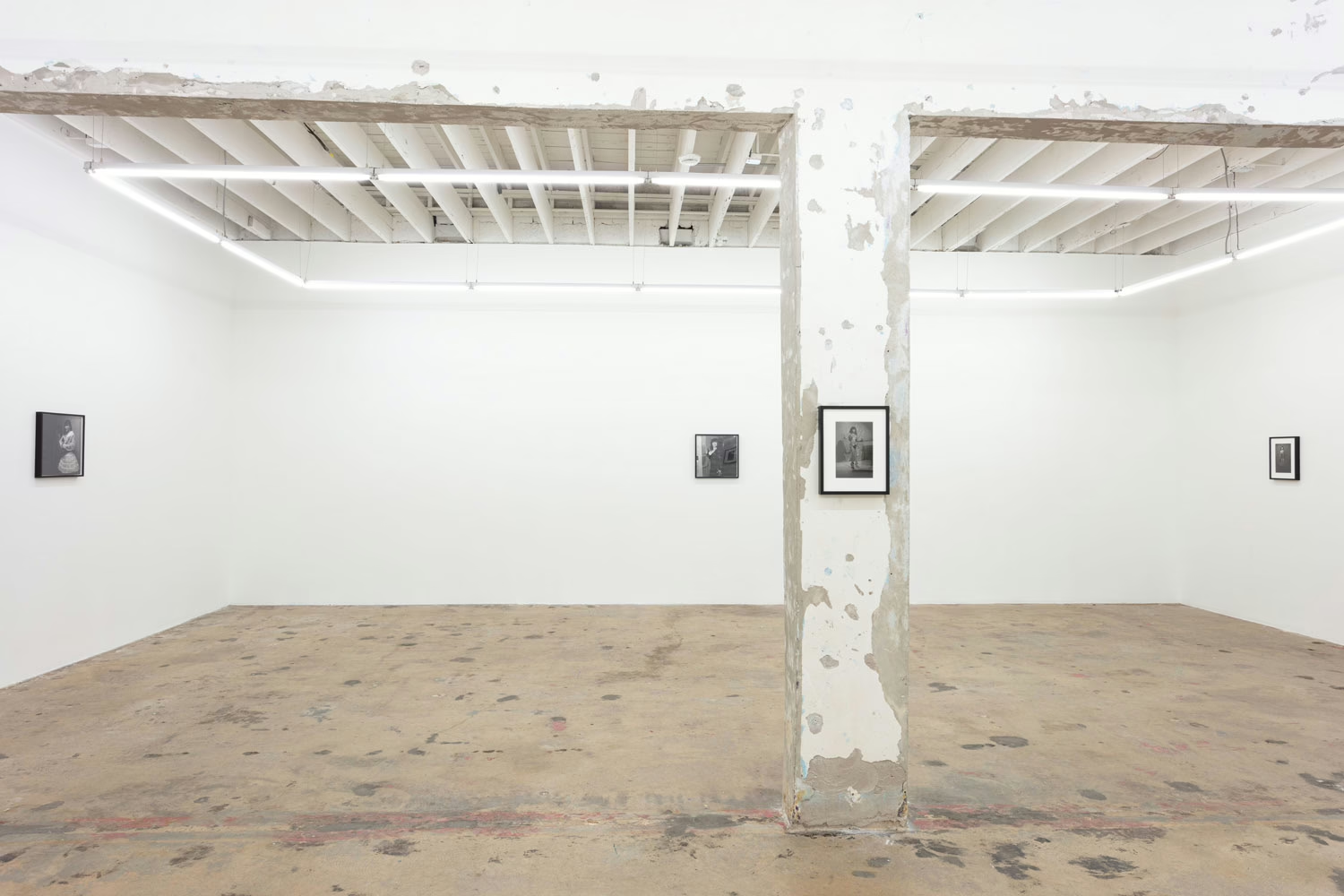
Reynaldo Rivera: Danse Macabre, Installation View.
Miss Alex might have come alive on stage but it was also in these moments that she was the closest to her demise. The gravity of her glamor also endangered her. Transwomen face alarmingly high rates of violence — a reality Miss Alex seemed to defy and court with every dance. “She moved through the atmosphere like she knew she wasn’t going to be here long,” Rivera says. “But you can’t stare at a star for long. You’ll go blind.” Rivera immortalizes Miss Alex in motion. In his care, her choreography survived fires and floods. It continues to defy time itself.
Reynaldo Rivera: Danse Macabre will be on view in the Front Gallery through March 15th.
-
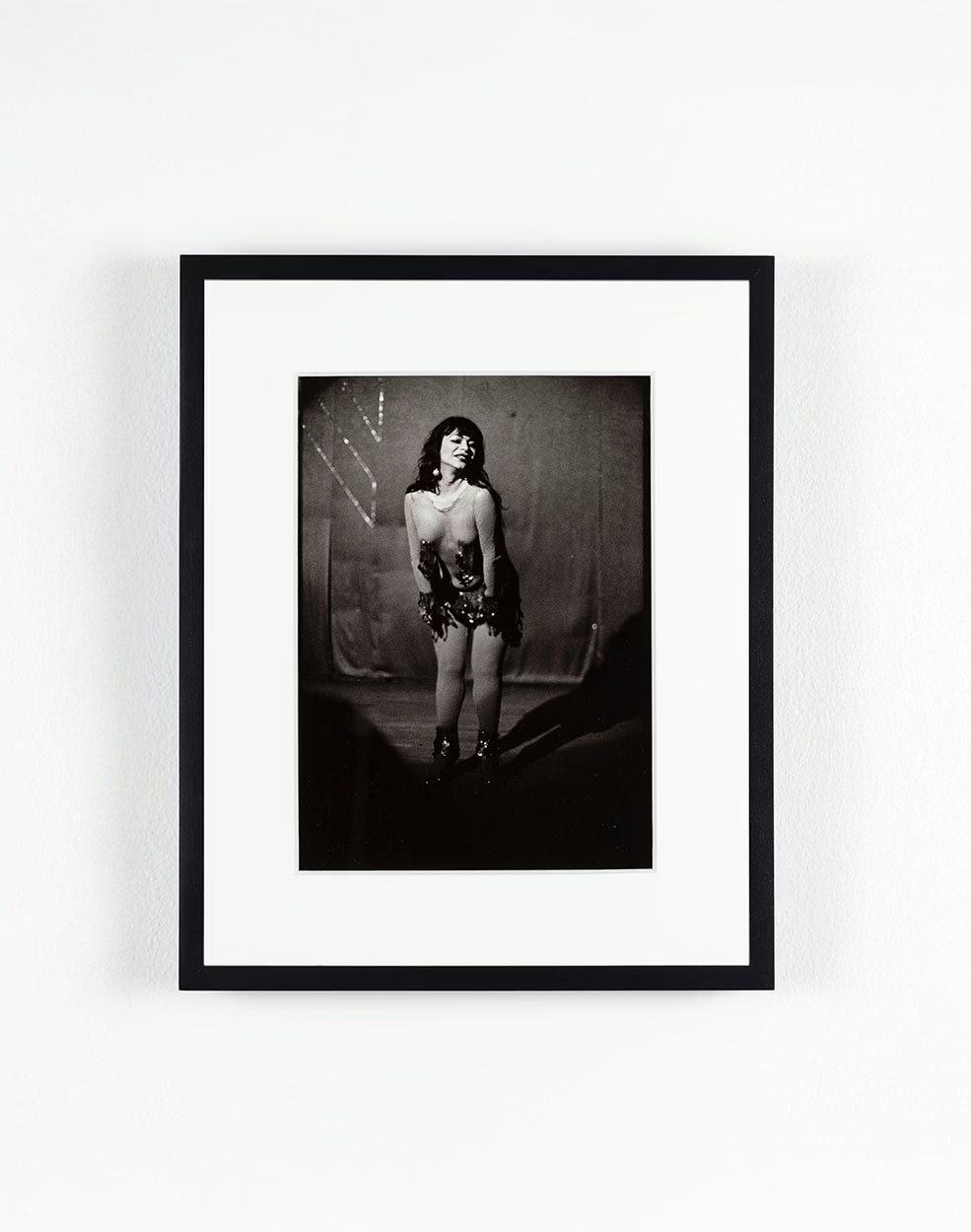
Reynaldo Rivera, Miss Alex (Danse Macabre), Gelatin silver print, 14.25 x 11 in., 15 x 12 in. (Framed)
-
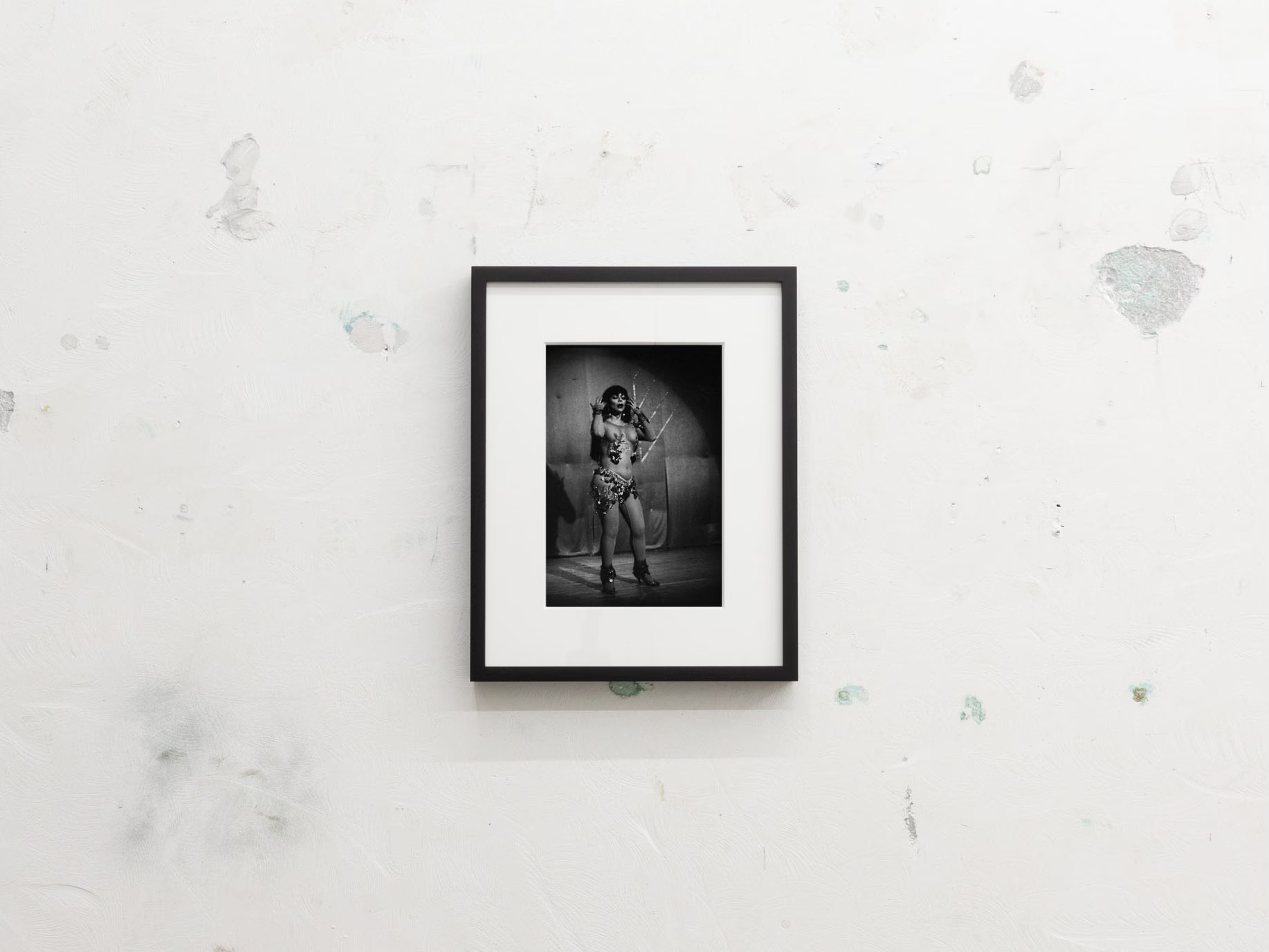
Reynaldo River: Danse Macabre, Installation View.
Reynaldo Rivera was born in 1964 in Mexicali, Mexico. He grew up traveling throughout Mexico and the US—mostly between San Diego de la Unión, Mexico, Los Angeles, and Stockton, California. His large (and largely unseen) body of work captures queer clubs in Los Angeles in the 1980s and 1990s as well as house party scenes. Part of Rivera’s project, as he digs through his archive, is remembering and lending visibility to a whole community of vibrant trans women and drag performers who often died young. The project is also a representation of a Los Angeles that has all but disappeared: Echo Park as a predominantly Latinx neighborhood rife with artists, writers, and performers full of flare and queer glamour, reminding us that L.A. is a place with a deep history and a short memory. Rivera has been immersed in a community of interdisciplinary practitioners: In 1996 he was one of two photographers at the Chance Event, a sprawling three-day festival at Whiskey Pete’s Casino in the Nevada desert conceived and produced by Chris Kraus, which also included DJ Spooky, Sandy Stone, Jean Baudrillard, Butoh dancers, and a Wall Street trader. Rivera has exhibited his work at Reena Spaulings, Los Angeles (2019), and has been published in Granta. In 2020 Semiotext(e) published a monograph of his work, Reynaldo Rivera: Provisional Notes for a Disappeared City.
